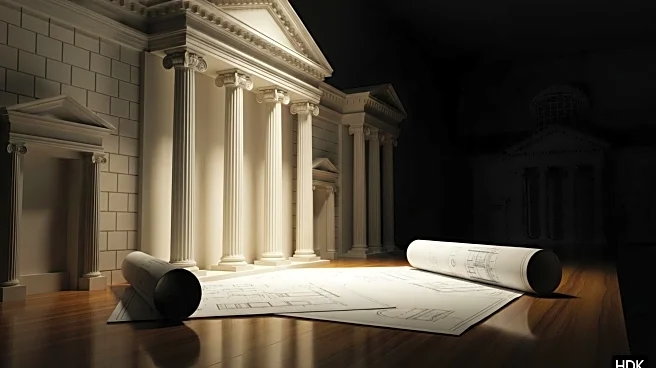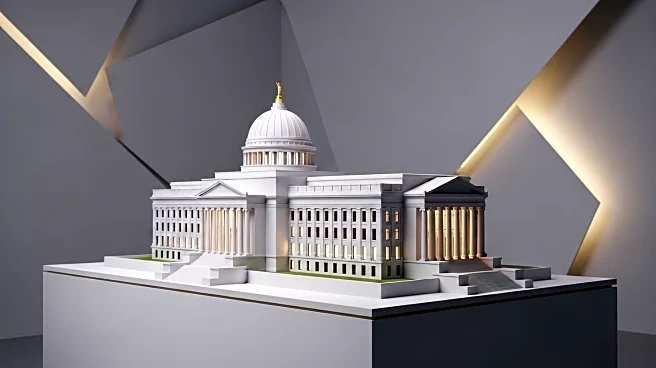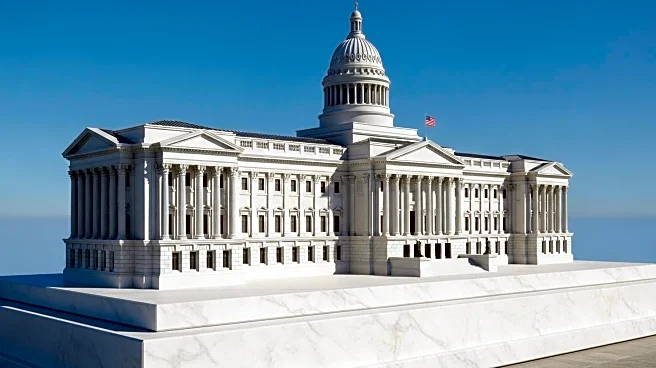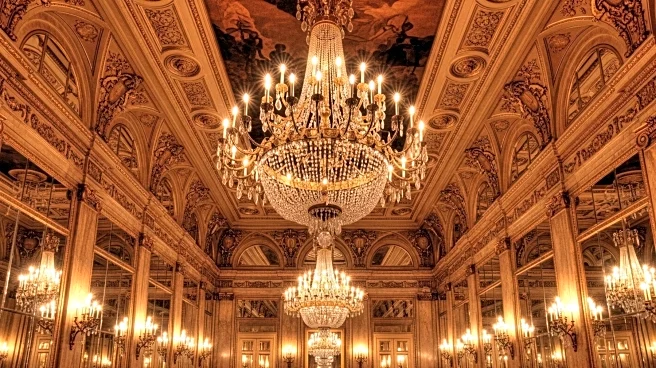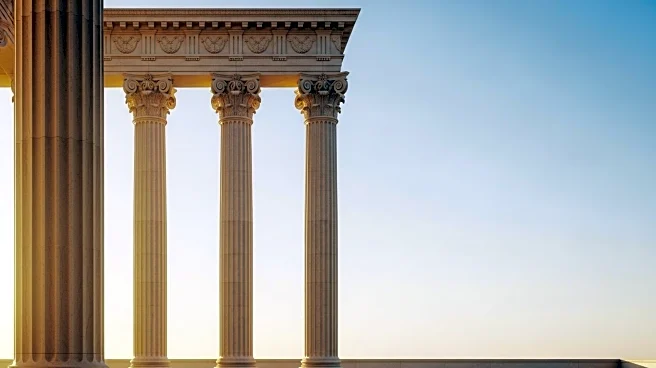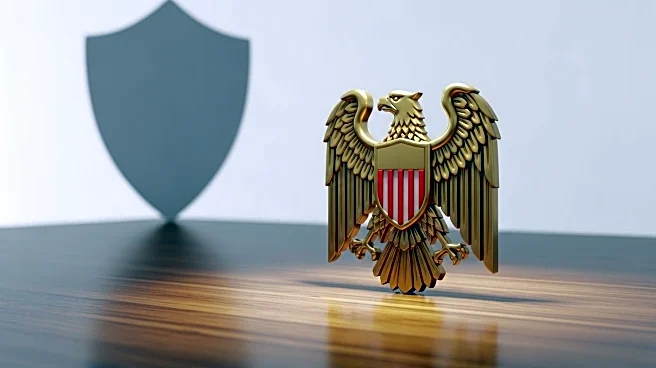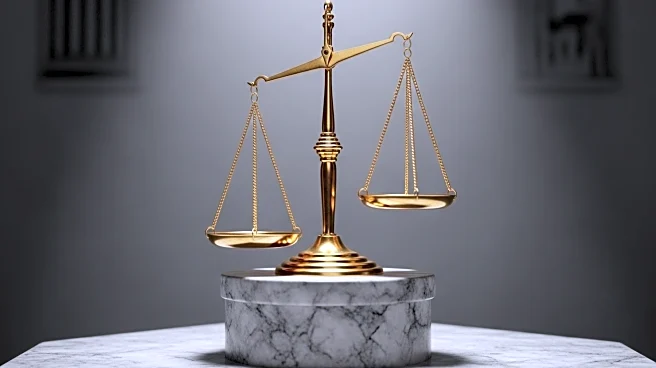What's Happening?
President Trump signed an executive order declaring classical and traditional architecture as the preferred styles for federal buildings, expanding his campaign against modernist designs. The order reverses previous guidelines that avoided an official style, emphasizing classical architecture to reflect American exceptionalism. Critics argue that the order restricts creativity and assumes public preferences, while supporters believe it restores beauty and pride to federal buildings. The order defines classical architecture broadly, including styles rooted in Greco-Roman antiquity and traditional American designs.
Why It's Important?
The executive order marks a significant change in federal architectural policy, potentially affecting the design and construction of government buildings nationwide. By prioritizing classical architecture, the order seeks to enhance the visual appeal and cultural significance of federal structures. This shift could influence public perception of government buildings, fostering a sense of pride and connection to American heritage. The decision may also impact the architectural industry, as firms adapt to new design requirements for federal projects.
What's Next?
Federal projects will need to comply with the new architectural guidelines, potentially leading to redesigns of planned buildings. The order may prompt discussions among architects and civic organizations about the merits of classical versus modernist styles. As the guidelines are implemented, stakeholders will likely assess the impact on public spaces and government buildings. The broader implications for federal architecture and public perception will become clearer as new projects are developed under the order.
